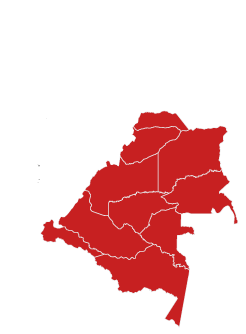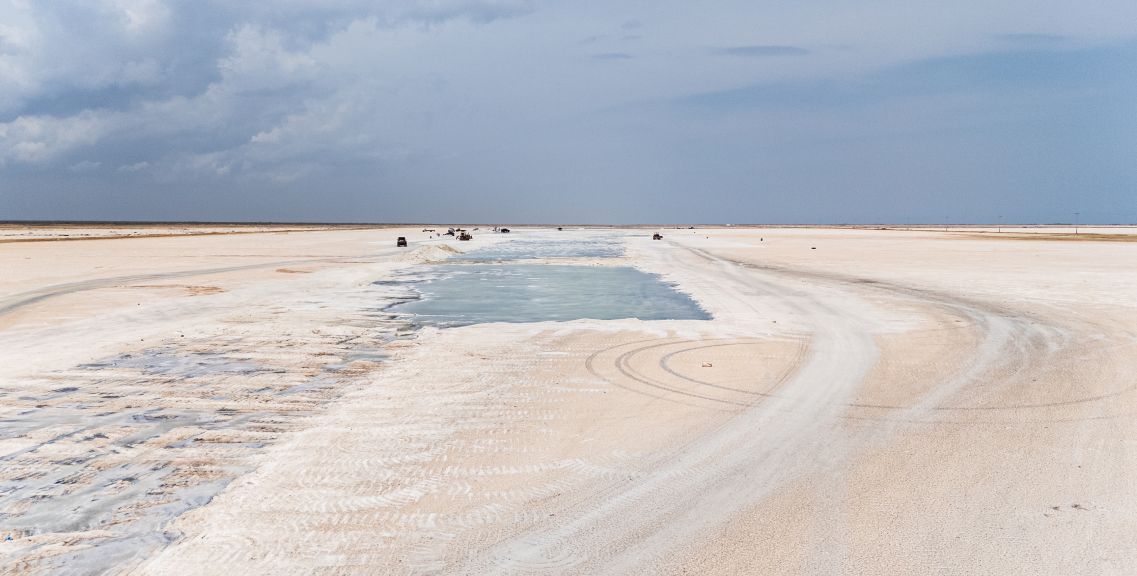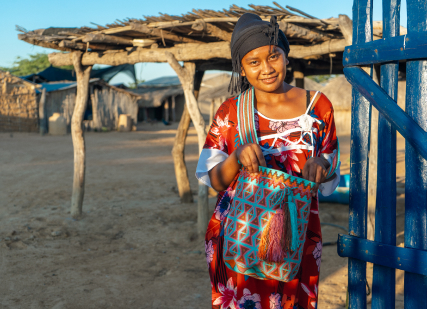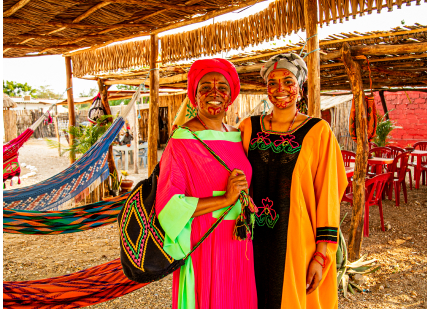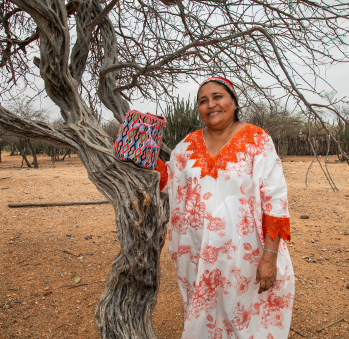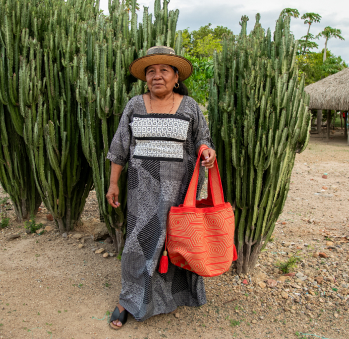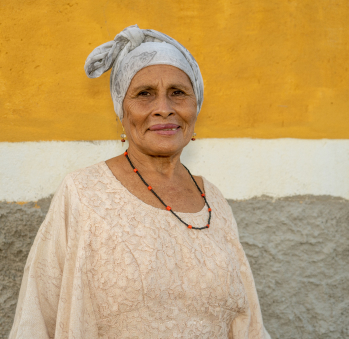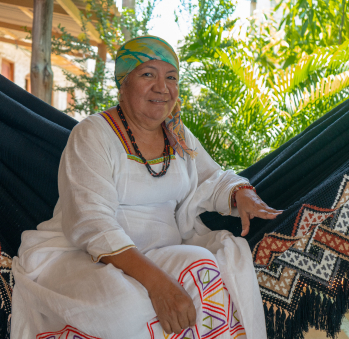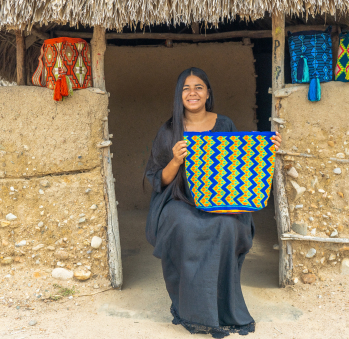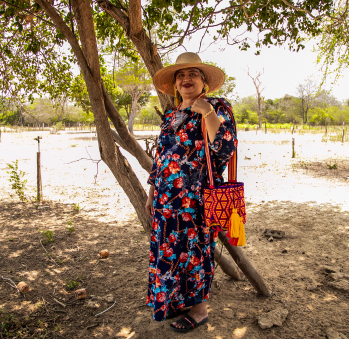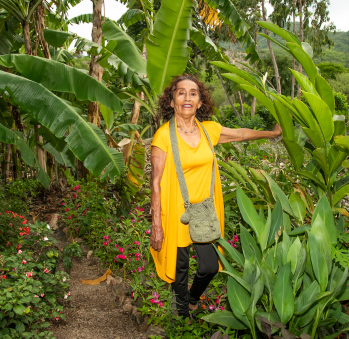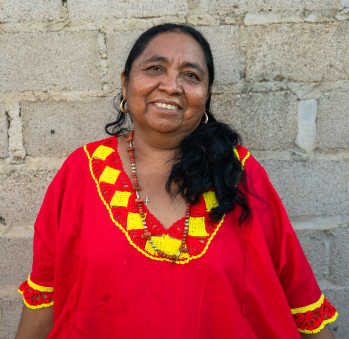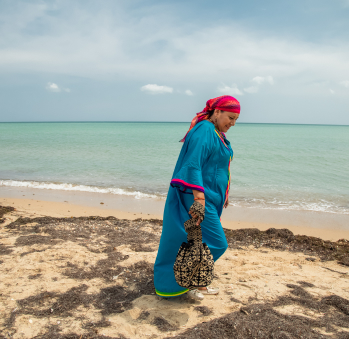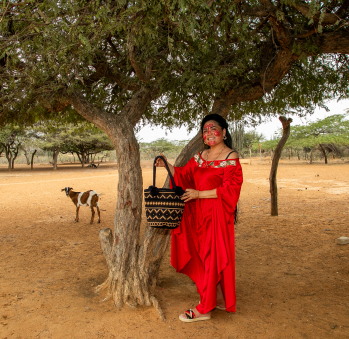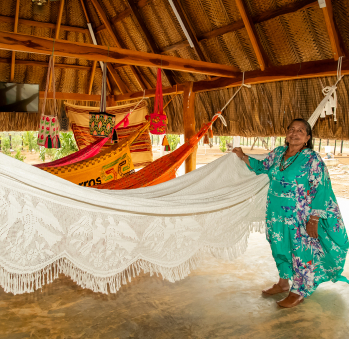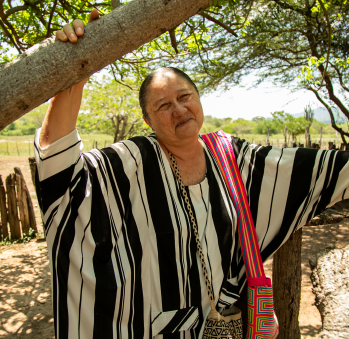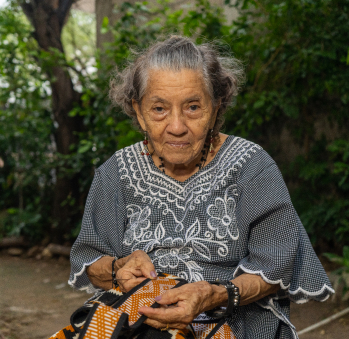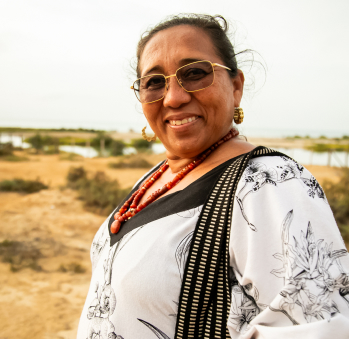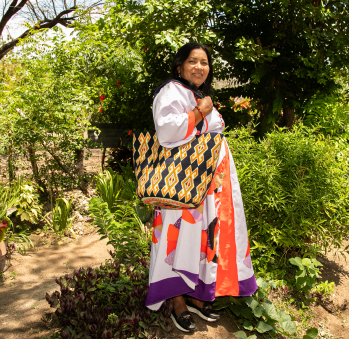Guajira Route
This trail is an invitation to consider the importance of dreams for life. We often do not record our dreams. We might even forget them. We definitely do not take the time to let ourselves discover their deeper meanings. However, they are the essence of Wayúu cosmogony. They are where thoughts are woven. They are later portrayed on the textiles made by skilled craftswomen and all their descendants. Each of them gives us clues about their environment, daily life, weather, and emotional state with every one of their stitches. “A craft is not just a craft,” they would say. They know, for instance, that a chinchorro hammock accompanies a Wayúu person from the day they are born until the day they die. In each stage of life, they will have a different one: the first one will shelter, rock, and wrap them; the next one they will share, and procreate and rest in; the final one will be with them during death and their journey to the other side. Weaving is so important to this culture that they confine their girls as soon as they reach puberty to teach them the thousand secrets of the loom. In this way, they learn the responsibilities that come from becoming a woman. This journey through La Guajira —from Riohacha to Cabo de la Vela and Nazareth, in the Alta Guajira region— will allow you to see their daily life in the rancherías, both inland and on the savannah. You will also experiment how different life feels by the sea. You will discover how powerful women assume the leadership roles in their communities. These people have cultivated the gift of language and poetry. This will be an exceptional and magical experience.
ARTISAN TRAILS IN La Guajira
Embark on a journey full of history
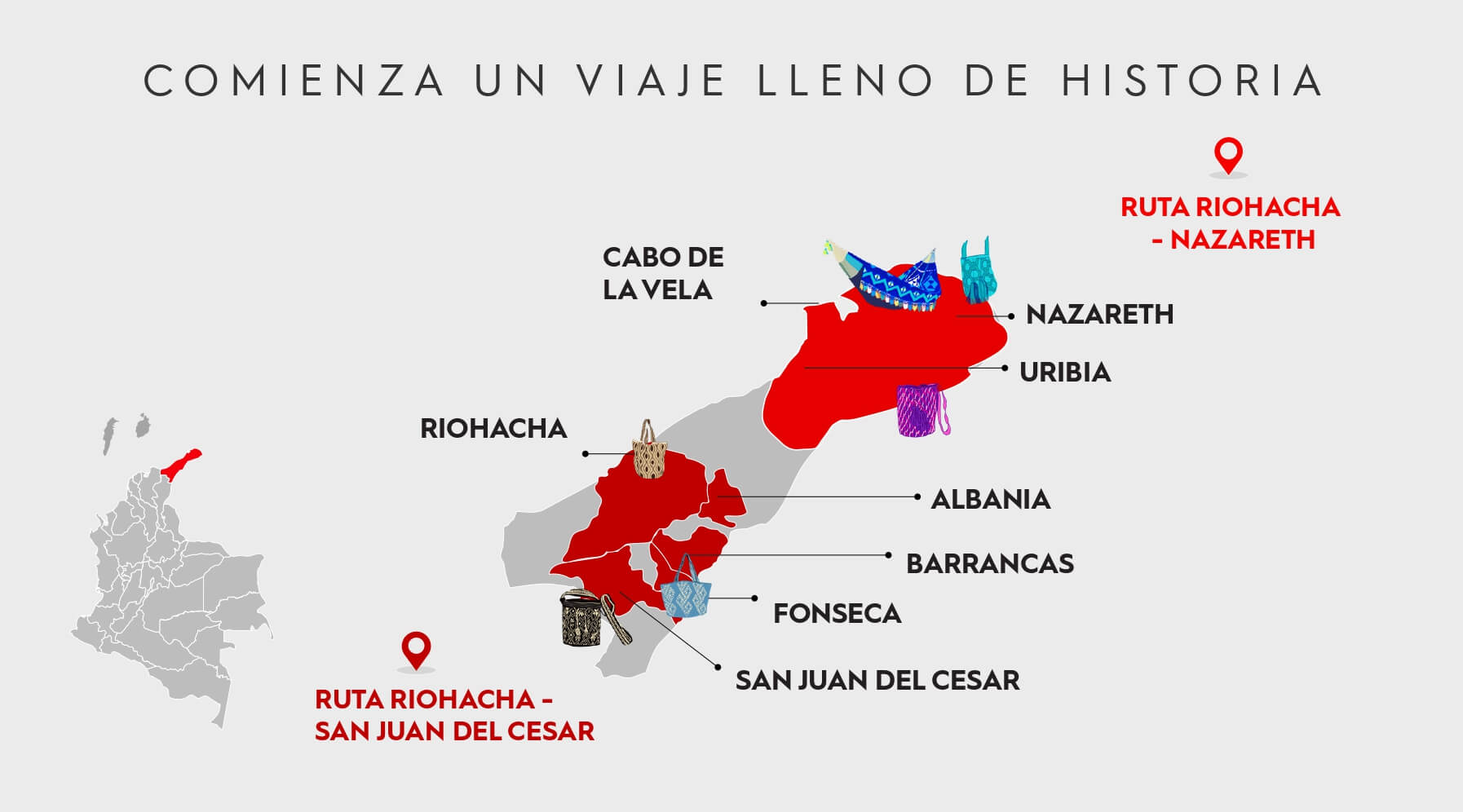
Traditional cuisine
and typical bites
Provoke yourself
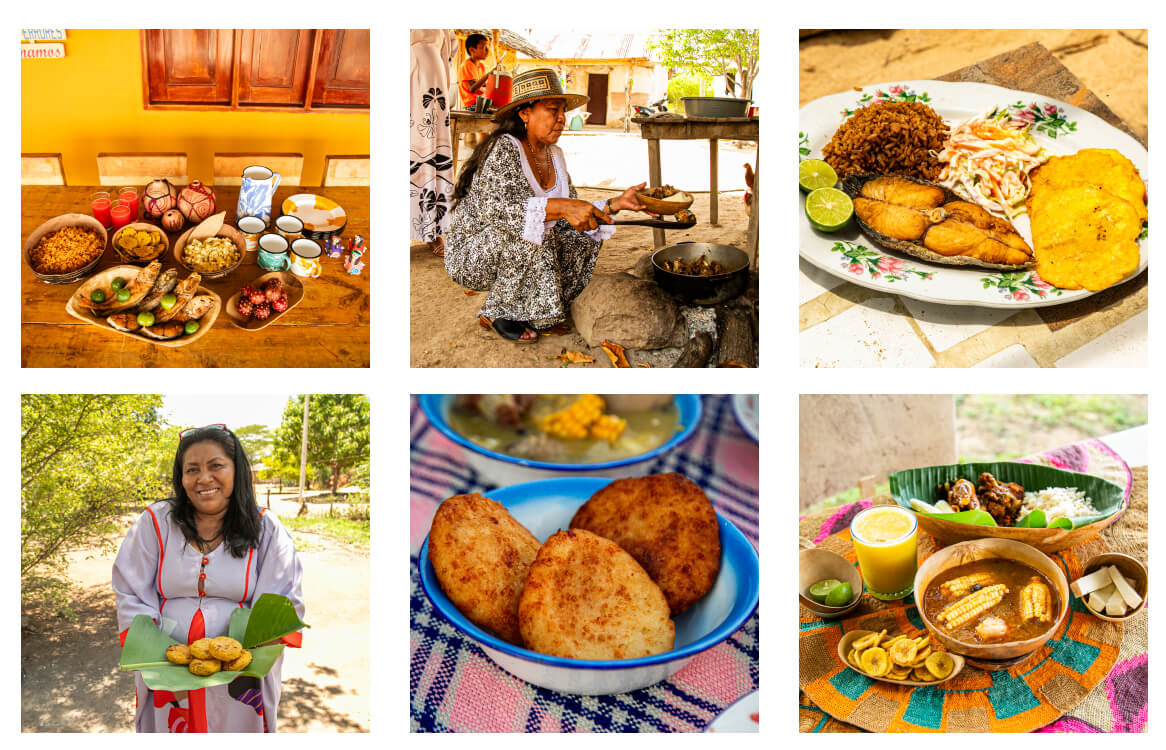
Don't leave without eating this 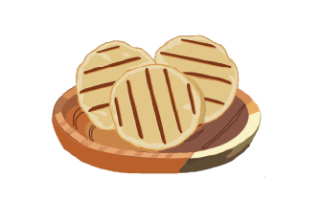
Goat is central to Wayúu cuisine, and there are many ways to prepare it, with friche being the most traditional dish. This dish can be found all over the department, usually prepared for special occasions or to delight visitors. It is made using the meat and offal of the goat, cooked in its own juices with just a pinch of salt. The dish is then fried in its own fat until it becomes golden and crispy. In the past, the goat’s blood was added during cooking, but this practice has changed. It is typically served with cassava or bollo limpio (a type of cornmeal envuelto made from soaked white corn, cooked, ground, and wrapped in corn husk or banana leaf before being boiled) or with corn arepas, which are made from the same dough as bollo limpio, but grilled over charcoal. If you want to try this dish, you can arrange a meal with several Wayúu artisans along this route, such as Aura Robles, Olga Guauriyu, María Teresa and Alexandra Fernández, Cenaida Pana, Gloria and Beatriz Epiueyú, Fanny Iguarán. Just coordinate with them in advance!
To lunch we go 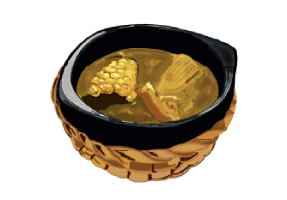
Goat is also used to make a variety of other delicious dishes that you can enjoy for lunch in restaurants in Riohacha or the towns along this route: Uribia, Manaure, Barrancas, Fonseca, San Juan del César, and others. For example, look for stewed goat with coconut milk, roasted goat, goat soup, or goat with rice and cecina. The cecina is prepared by drying the goat meat in the sun, removing excess salt, then shredding it and mixing it with garlic, scallions, and black pepper, which is then added to the rice. At the restaurant Jikuün Wayúu Jemetsu (which means “Delicious Wayúu food” in the Wayuunaiki dialect) at the entrance to the Resguardo Provincial, in Barrancas, where the artisan Olga Guauriyú lives, you can find these meal. Olga is also happy to cook authentic Wayúu dishes for visitors.
Flavors to discover and snack on 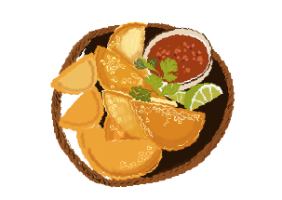
A standout dish is rice with dried shrimp. This is one of the most exquisite rice dishes in Colombian traditional cuisine. The shrimp are dried in the sun, a preservation method that, paradoxically, requires soaking them in salted water to remove the excess salt. Once rehydrated, the shrimp are mixed with rice and achiote (annatto), which gives the dish its characteristic reddish color and unique flavor. The artisan Gloria Epieyú offers this dish and other traditional meals by request, and it’s also commonly found in local restaurants.
At any time of day, you can enjoy a warm mazamorra de maíz (corn porridge), made by cooking ground corn until soft and then adding milk and a pinch of salt. You can also try cariaco corn arepas or purple corn arepas. The corn is soaked overnight, washed, drained, ground, and then kneaded with cheese before being grilled or fried until golden. Alexandra Fernández, from the Mayalita community near Fonseca, prepares these simple yet delicious dishes for visitors.
To sweeten the palate and unmissable drinks 
Near the town of Barrancas is the village of Papayal, where Malta makes traditional Wayúu sweets in her wood-burning stove. She prepares seasonal fruit preserves, such as popular squash, mango, guava, or green papaya sweets. The fruit is usually cooked with water, sugar, cloves, and cinnamon, and is often served with costeño cheese. You can also find dulce de leche in the village of El Pájaro near Manaure.
For breakfast, try cojosa, a traditional Wayúu curdled milk made by mixing fresh cow’s milk with rennet. It’s typically eaten plain or with a sweetener, or even with cooked squash or cheese. It’s very similar to yogurt.
On hot days, don’t miss agua de maíz or chicha de maíz, a refreshing beverage made by boiling dried corn kernels in plenty of water, sweetening it, and leaving it unfermented. It’s commonly served with ice. You can also find wild cherry juice or iguaraya juice. The iguaraya is a cactus fruit with deep red pulp that’s blended with water and sweetened to taste. From the heart of the cactus, another drink is made called yotojoro, also available at Gloria Epieyú’s. Lastly, don’t forget chirrinchi, a traditional cane spirit with great cultural significance for the Wayúu people.
Other local delights 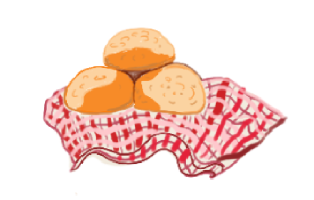
Local agriculture is reflected in crops such as cassava, plantains, corn, fruit trees, and small livestock. In the lower Guajira region, in the El Placer jurisdiction of San Juan del César, you can visit the workshop of the Wiwa artisan Mabel Esther Vega, and can ask her to prepare a delicious free-range chicken dish with ingredients from her garden.
Another favorite dish is the traditional mazamorra de plátano (plantain porridge). This dish combines ripe plantains with rice, cooked in coconut juice until all the ingredients soften. You can adjust the amount of coconut milk, as well as add sugar and cinnamon to taste. It can be served hot or cold, and Mabel will prepare this dish for visitors.
Thanks to its coastal location, La Guajira offers a wide variety of fish, such as snapper, sierra, cojinúa, or mojarra. These are often fried, grilled, pickled, made into soups, or stewed with a delicious sauté of onions, tomatoes, sweet peppers, and achiote. These dishes are usually served with patacones (fried green plantains), salad, and rice with guajiro beans, a variety that has been cultivated in the region for generations and is essential to local diets, which is also used in soups with cecina and pumpkin. You can find these dishes at Matriarca restaurant in Uribia or El Rancho de Nancy in Manaure. Be sure to pre-order these dishes when visiting the artisan Cenaida Pana in Uribia.
Seafood is also widely available, including lobster, shrimp, octopus, oysters, and clams, prepared in many ways. A standout dish is salpicón, made with fresh or dried seafood or fish, which is shredded, then sautéed with annatto oil, local chili peppers, scallions, black pepper, and a touch of vinegar. Chucho or stingray Salpicón is especially popular. You can find this dish at Matriarca restaurant and with artisan Cenaida Pana in Uribia.
For lunch, another favorite is malangada, a stew made with free-range chicken and chunks of malanga (a tuber similar to yam). You can find this dish in the market squares and restaurants throughout La Guajira.
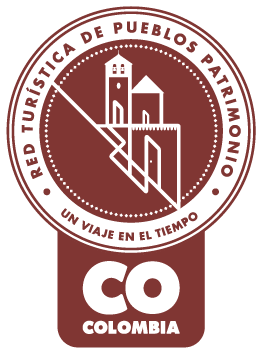
Pueblo Patrimonio
La Red Turística de Pueblos Patrimonio de Colombia es un programa especial del Ministerio de Comercio, Industria y Turismo, ejecutado por FONTUR, que trabaja con 17 municipios de Colombia que poseen declaratoria de Bien de Interés Cultural (BIC) a nivel nacional para su valoración y proyección mediante el turismo, generando así más oportunidades de desarrollo y sostenibilidad en las comunidades.
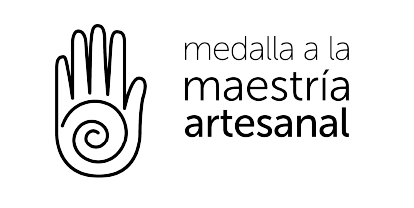
La Medalla a la Maestría Artesanal es un galardón que Artesanías de Colombia entrega anualmente, con el cual se hace un reconocimiento a aquellos artesanos, empresas y comunidades artesanales que, contando con una trayectoria destacada, sobresalen a nivel nacional por su excelencia en el oficio así como por preservar el quehacer artesanal.

Denominación de Origen
Es un signo distintivo que identifica productos reconocidos o famosos por tener una calidad o características específicas derivadas esencialmente del lugar de origen y la forma tradicional de extracción, elaboración y producción por parte de sus habitantes. La protección conferida sobre una Denominación de Origen implica que ninguna persona puede identificar con la denominación protegida productos iguales o similares a los amparados, cuando no provengan del verdadero lugar y no cumplan con las características o calidades que le han dado la reputación al producto reconocido. Las Denominaciones de Origen para productos artesanales colombianos que han sido protegidas por la Superintendencia de Industria y Comercio en nuestro país son actualmente 12.
No puede copiar contenido de esta página

